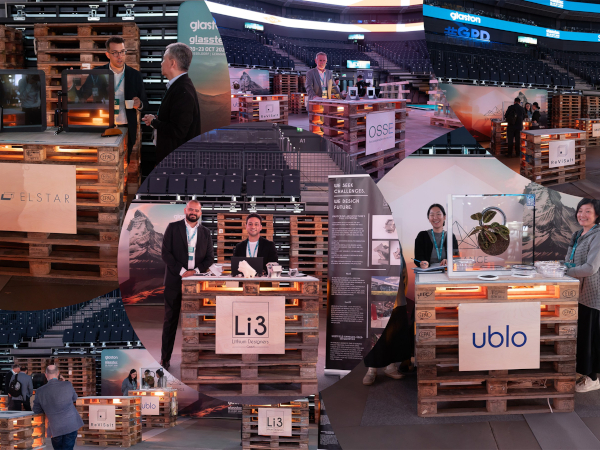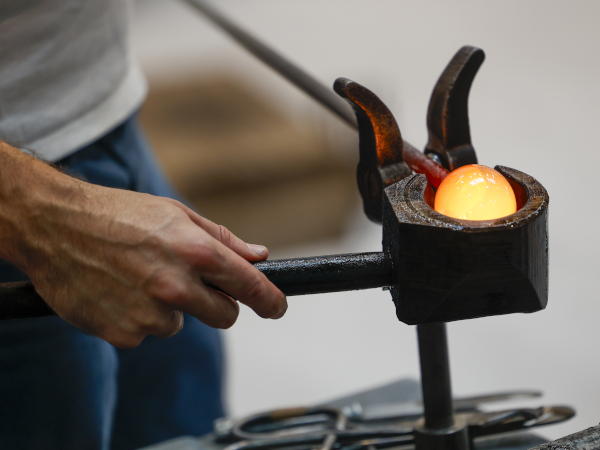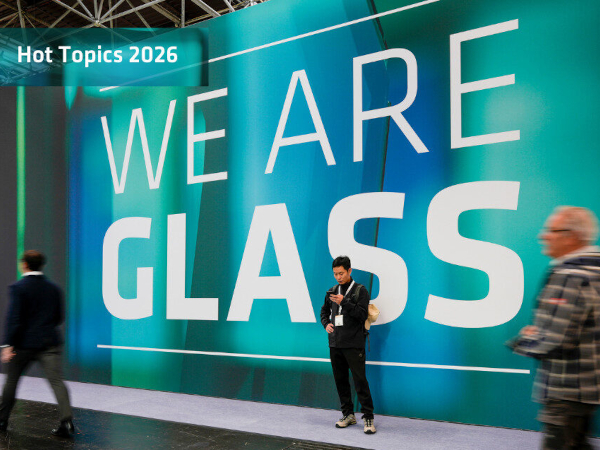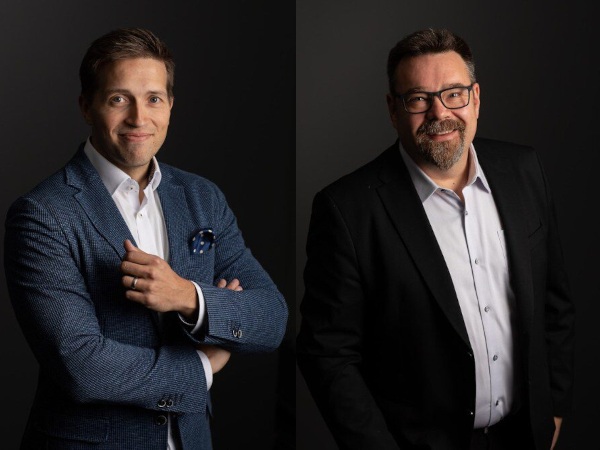Date: 7 October 2004
Hall 14 / Stand 14 B 37 J. WALTER CO. will present to you the following new and further developments: Servo Feeder TSE-VGx- with high-dynamic and low maintenance linear motor - direct drive- for the combined production of container glass with variable gob weights Double gob press type GPE-12DG-1850-4H- for the economic production of tableware Fire polishing machine type VM-88- with intelligent and energy-efficient burner managementOxygen generator VITRUMA- for the independent and economic generation of gaseous oxygen.
Torque motor
- for direct und low-maintenance table drive without gear box at round table machines
J. WALTER CO.
2004-10-07T13:00:00
J. WALTER CO. - Production plants for glass industry
glassonweb.com 






Add new comment